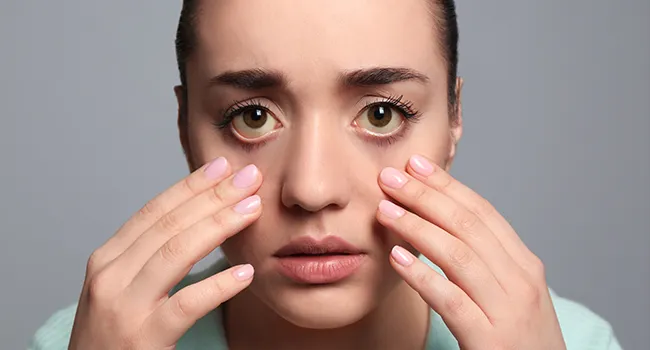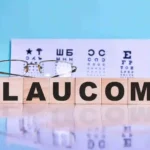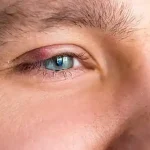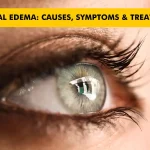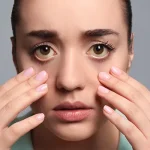Eyes help us perceive up to 80 percent of all impressions and protect us from danger. But with the current hectic lifestyles and high levels of pollution, people are increasingly experiencing several eye disorders and diseases. This article sheds light on common eye disorders and diseases, so you can recognise the symptoms and start the required treatment and medication in time.
1. Age-related Macular Degeneration (AMD)
AMD is most common in people above 50 years of age. It is characterised by distortion of central vision which affects daily activities like driving and reading. It is of two types, wet and dry. Wet AMD is caused due to blood leakage due to abnormal blood vessels behind the retina while dry AMD is caused by thinning of the macula as a person ages. Dry AMD is more common and accounts for nearly 80% of the cases and advances slowly in comparison to wet AMD.
AMD patients may have multiple large drusens (yellow or white deposits under the retina) and other symptoms include blurred vision, difficulty in reading, black or empty central vision and difficulty in seeing finer details in low light. There is no surgery or permanent cure for this but its progress can be limited with the help of the right medication or treatment.
2. Diabetic Retinopathy
Diabetic retinopathy is among the leading causes of blindness or imperfect vision in patients with longstanding or uncontrolled diabetes. As the name suggests, it is mainly found in diabetic patients whose blood vessels in the retina are damaged due to high sugar levels.
It has four stages – mild nonproliferative retinopathy (microaneurysms), moderate nonproliferative retinopathy (few retinal vessels are blocked), severe nonproliferative retinopathy (larger number of vessels are blocked causing a shortage in blood supply), and most advanced proliferative retinopathy stage. Depending on the stage, an ophthalmologist may suggest quick laser surgery, eye injections or surgery to treat it.
Common symptoms include spots/specks in the centre of the retina, blurred vision, floating specks in the vision or redness/dryness in the eyes. You can avoid it by keeping your sugar levels in check and leading a healthy lifestyle.
3. Refractive Errors
This eye disorder can occur in any age group and is mainly of four types, myopia (nearsightedness), hyperopia (farsightedness), astigmatism and presbyopia.
Common symptoms include hazy, blurred or double vision, headaches, ring vision, and discomfort or pain in the eyes while doing everyday activities.
It is generally caused by increased screen time, improper sleeping habits, change in the shape of the cornea or eyeball length. If you have a refractive error, then getting the right glasses or lens will help or you can undergo procedures like Contura vision or LASIK if you are eligible.
4. Glaucoma
Glaucoma is also called the “sneak thief of the vision’. It damages the optic nerve and can cause blindness due to excess pressure on the insides of the eye. While you can retain your vision through timely diagnosis and treatment, since increased pressure isn’t a mandatory symptom (it can occur with normal eye pressure also), it tends to be a chronic condition in most cases.
It has two types, open-angle, and closed-angle. While the former is a chronic condition that progresses slowly, the latter can occur suddenly and rob people’s vision without leaving any time for diagnosis or treatment.
Why Centre of Sight?
If you’ve been experiencing any of the symptoms mentioned in the article, it is advised to book an appointment with an expert now. An annual checkup can prove to be beneficial in diagnosing disorders or diseases at early stages so you don’t have to experience vision loss due to carelessness or neglect. Centre of Sight has highly experienced doctors who work on state of the art technology. We have 45 centres across the cities so you can easily find the nearest one to your location online and book an appointment.
Article: Common Eye Disorders and Diseases
Author: CFS Editorial Team | Oct 04 2021 | UPDATED 06:00 IST
*The views expressed here are solely those of the author in his privatecapacity and do not in any way represent the views of Centre for Sight.
